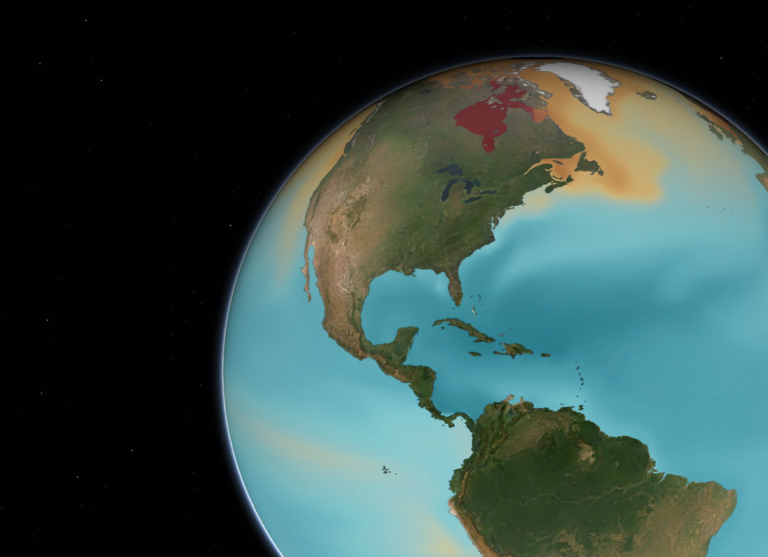The date January 8 (8.1) represents the current pH of the ocean. This is an opportunity to help Congress, states, local governments and coastal communities learn more about ocean acidification and commit to addressing it.
10 Things You Can Do
1) Become educated. Learn about causes of ocean acidification, effects on marine life, regional conditions, and latest research. This information equips you to take practical steps yourself and to help others take action. You can start right here on the Alaska OA Network website.
2) Write your policymakers. State and Congressional delegations better understand the importance of issues when they hear from constituents.
3) Assess your carbon footprint. Some activities produce a lot more carbon than others and it’s worthwhile to see what changes on your homefront can make the most difference. The NYT put out an interesting carbon quiz this year whose answers surprised most readers. Check here for ways to save energy in your home.
4) Find out what your local government, businesses and schools are doing to reduce use of fossil fuels and transition to renewable, clean energy and support those efforts. Alaska has many good examples.
5) Host a speaker on ocean acidification. The Alaska OA Network can help connect you!
6) Challenge yourself to bring up ocean acidification when discussing climate change. While these issues are different, they share the same root cause and mitigation efforts can address both problems.
7) Use educational tools to interactively learn and/or teach about ocean acidification. NOAA’s Data in the Classroom is a good example. You can also check out the “for Educators” page of the network.
8) Join the OA Information Exchange! This online platform allows you to ask questions, join conversations, and keep your finger on the latest pulse of OA monitoring, research and adaptation. Find it here.
9) Be inspired by Alaska communities. Over 20 communities are collecting samples to provide baseline data to understand current conditions. Read about their efforts.
10) Take care of your ocean. Healthy oceans and coasts are more resilient to change. The more we can do to reduce stress on natural systems, the better they can adapt.

